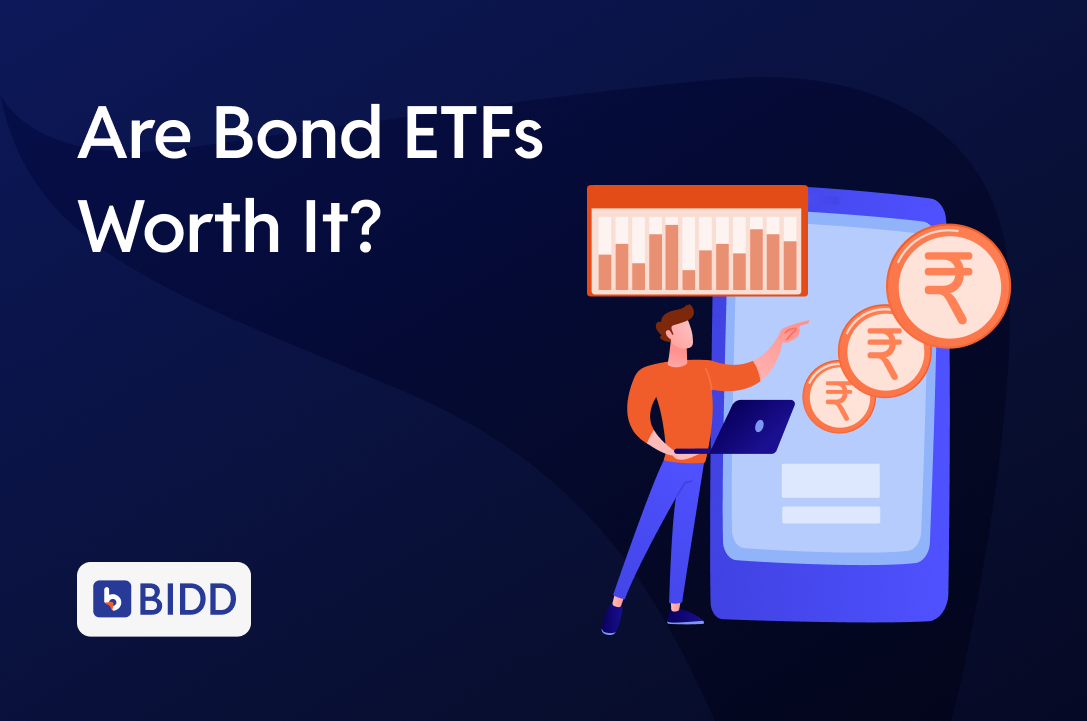Before You Invest, Know What You’re Really Signing Up For
You’ve found a bond with promising returns.
It sounds great—almost too great.
Then comes the offer document. Suddenly, you’re staring at a maze of numbers, legal language, and technical jargon.
Feeling lost? You’re not alone.
Let’s decode what this document really tells you—and why it matters.
Let’s Start with a Simple Question:
Would you sign a contract without reading it?
Probably not.
So why invest in a bond without understanding its offer document?
This document contains everything you need to know:
- The benefits
- The risks
- The conditions that may affect your money
It’s time to learn how to read between the lines.
What Is a Bond Offer Document?
Think of it as a bond‘s resume.
Formally called an Information Memorandum (IM) or Offer Document, it provides:
- Who is issuing the bond
- How much they plan to raise
- Interest rate and repayment structure
- Risks and legal terms
It may not be light reading, but it’s essential reading.
Why Should You Care?
Because this document answers your most important questions:
- How risky is this bond?
- When will I get my money back—and how?
- Can I exit before maturity?
- What happens if the issuer defaults?
Skipping it could mean missing key information—like a lock-in clause, security type, or hidden charges.
What to Look for in a Bond Offer Document
Here’s a quick guide to help you navigate the important sections:
1. Issuer Details
What to check:
- Who is issuing the bond?
- Government body, PSU, NBFC, or lesser-known private firm?
Why it matters:
The more credible the issuer, the lower the default risk.
2. Credit Rating
What to check:
- Rating from agencies like CRISIL, ICRA, CARE, or India Ratings
- Look for grades like AAA, AA, A, BBB, etc.
Why it matters:
Ratings reflect the issuer’s ability to repay.
Higher return = higher risk, especially with lower-rated bonds.
3. Coupon Rate & Payment Frequency
What to check:
- Annual interest rate
- Payment cycle (monthly, quarterly, annually)
Why it matters:
It defines your cash flow. Choose based on your income needs.
4. Tenure / Maturity
What to check:
- Duration of investment
- Exact maturity date
Why it matters:
Longer tenure means more rate sensitivity.
Make sure the bond matches your liquidity timeline.
5. Redemption Terms
What to check:
- Is principal repaid at once or in parts?
- Can you redeem early?
Why it matters:
Some bonds lock your capital until maturity. Know if early exit is possible and at what cost.
6. Security and Collateral
What to check:
- Is it a secured or unsecured bond?
- What backs the security—real estate, receivables, cash flows?
Why it matters:
Secured bonds offer greater protection in case of default.
7. Covenants
What to check:
- Restrictions imposed on the issuer
- Conditions to maintain financial discipline
Why it matters:
These protect your interest by limiting risky activities (like taking on more debt).
8. Default Risk & Recovery Process
What to check:
- What happens in case of default?
- Is there a trustee managing the process?
- What is the legal mechanism for investor recovery?
Why it matters:
Understanding downside protection is critical for responsible investing.
9. Listing and Liquidity
What to check:
- Is the bond listed on BSE/NSE?
- What are the chances of selling it before maturity?
Why it matters:
Liquidity determines flexibility. Listed bonds are generally easier to exit.
10. Tax Implications
What to check:
- Is the interest taxable?
- Is TDS (Tax Deducted at Source) applicable?
Why it matters:
Focus on post-tax returns. A 9% coupon may be worth less after tax if you’re in a high-income slab.
Tips for Smart Reading
- Start with the Summary Table: Most documents begin with a section summarizing the key terms.
- Check the Date: Ensure it’s the latest version.
- Watch for Ambiguous Language: Phrases like “may be extended” or “subject to approval” indicate uncertainty.
- Seek Guidance: Use your advisor or bond platform to clarify anything unclear.
Quick Recap: What You Should Always Check
| Section | Ask Yourself |
| Issuer Details | Do I trust who’s behind this bond? |
| Credit Rating | Is the risk level acceptable for me? |
| Interest & Tenure | How much will I earn, and for how long? |
| Collateral | Is there security if things go wrong? |
| Redemption Terms | Can I exit if needed? |
| Tax Treatment | What’s my actual return after tax? |
Final Thoughts: Don’t Skip the Fine Print
A bond‘s offer document isn’t just legal paperwork — it’s a roadmap for your investment journey.
It shows:
- Where your money is going
- How it will generate returns
- What risks you’re exposed to
Before investing, ask:
- Do I understand the structure and risk clearly?
- Does this align with my goals and time horizon?
- Is there an exit path if I need liquidity?
In the bond world, knowing the returns is good — but knowing the terms is better.
Be informed. Be strategic. Be the investor who reads between the lines.
Disclaimer: This blog is intended solely for educational and informational purposes. It should not be construed as investment advice, a recommendation, or an offer to buy or sell any financial products. Please consult a registered financial advisor before making any investment decisions.




